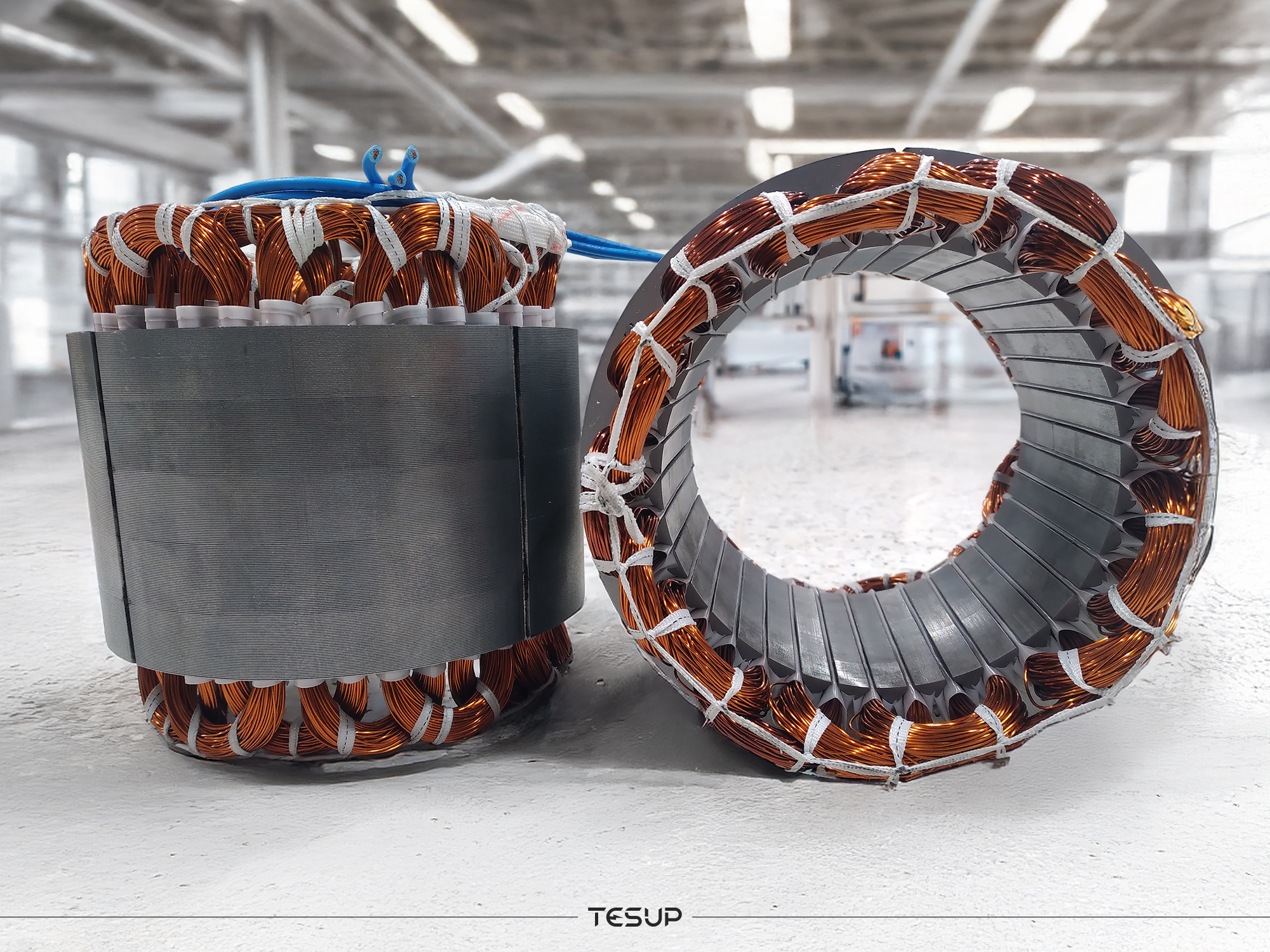
Reaching 1500 RPM Without Compromise: Engineering Reliable High-Speed Performance
In the field of renewable energy and small-scale power generation, achieving 1500 revolutions per minute (RPM) is more than just a technical milestone — it's a benchmark for optimal generator performance, efficiency, and system reliability. Whether applied to wind turbines, microgenerators, or hybrid energy systems, maintaining 1500 RPM without introducing mechanical or electrical issues requires strategic planning and precise engineering.
This article outlines the key principles and system components necessary to achieve 1500 RPM consistently and safely, helping engineers, technicians, and system designers meet performance targets without compromise.
1. Precision Engineering Begins With the Rotor
The foundation of high-speed performance lies in blade and rotor balance. Even slight asymmetries can cause excessive vibration, wear, and long-term damage. Best practices include:
- Aerodynamically optimized blade profiles
- Computer-assisted dynamic balancing
- Rigid and precisely aligned hub assemblies
Balanced rotors reduce noise, enhance lifespan, and prevent power losses, particularly at speeds approaching or exceeding 1500 RPM.
2. Generator Specifications Must Match Operational Demands
Not all generators are designed for continuous operation at high rotational speeds. Reaching 1500 RPM safely demands a generator unit with:
- Low internal resistance to minimize heat buildup
- Robust magnetic configuration for efficient energy conversion
- Durable insulation rated for high-speed use
- Integrated or external cooling mechanisms

In permanent magnet generators (PMGs), ensure the magnetic material and windings can withstand sustained rotation without demagnetization or fatigue.
3. Structural Integrity and Mounting Are Non-Negotiable
At high speeds, mechanical stresses can intensify. Improper mounting or material fatigue often leads to vibration, noise, and eventual structural failure. Key recommendations:
- Use a rigid, vibration-resistant mounting base or tower
- Employ torque-resistant materials in the chassis and support arms
- Regularly inspect for signs of fatigue or instability
4. Advanced Inverter and Electrical System Integration
If the generator is integrated with an inverter or hybrid controller, the electrical system must be configured for high-RPM input. Ensure that:
- Voltage and frequency ratings align with 1500 RPM output
- Protection mechanisms such as overvoltage cutoffs are in place
- Real-time performance monitoring is available
5. Environmental Compatibility and Control Systems
Reaching 1500 RPM often depends on consistent environmental inputs. To manage variability and safeguard the system:
- Install smart yaw systems to optimize wind alignment
- Utilize braking systems to prevent overspeed
- Integrate wind speed sensors and RPM limiters
6. Continuous Monitoring and Predictive Maintenance
Sustained performance at high RPM requires proactive system monitoring. Best practices include:
- Track RPMs, torque, and temperature through digital dashboards
- Establish a preventive maintenance schedule
- Use real-time data logging for early diagnostics
Conclusion: High RPM, Low Risk
Achieving 1500 RPM is not merely a matter of speed — it’s a test of system harmony, precision engineering, and technological foresight. When all components — mechanical, electrical, and digital — are properly aligned, high-speed operation becomes not only attainable but also sustainable.
To learn more about high-performance generators and smart renewable energy systems, visit tesup.com.
by Tesup Global Inc.
